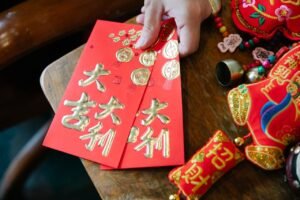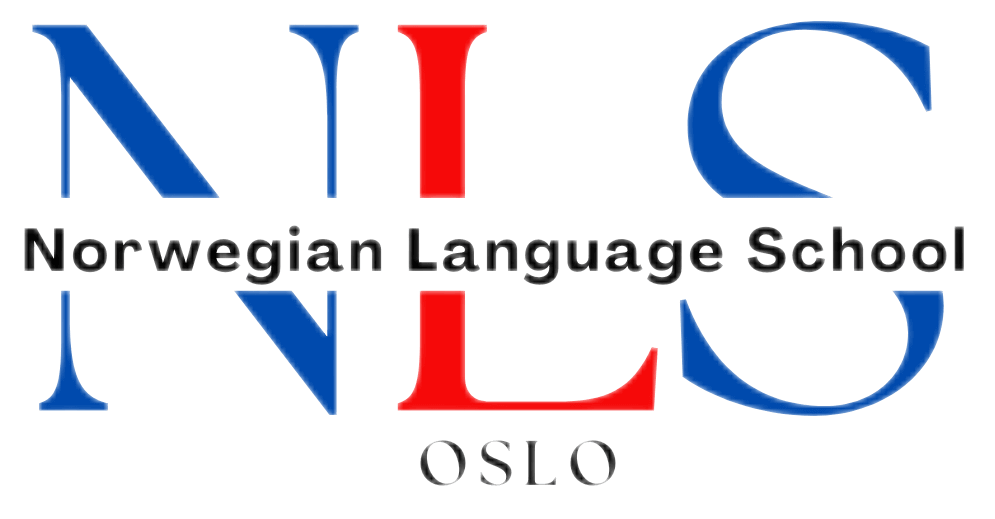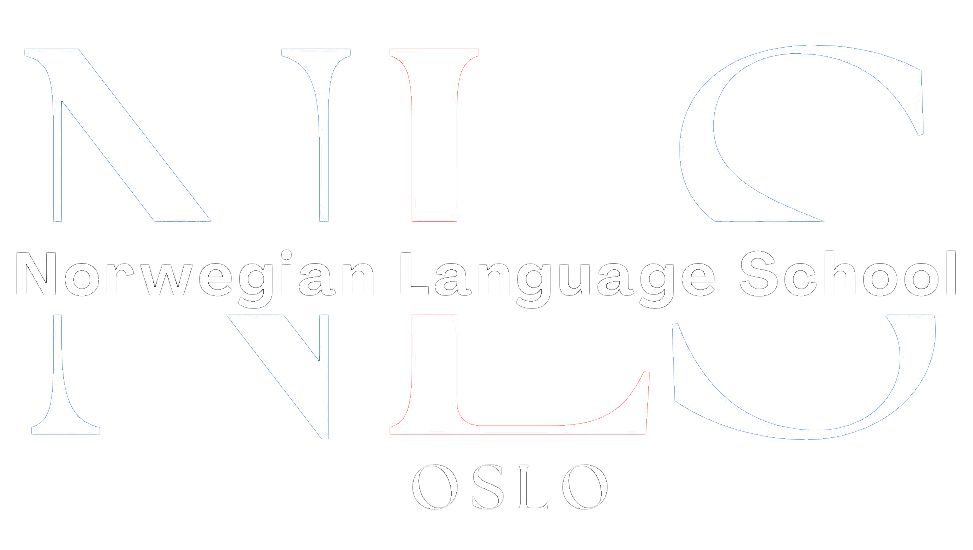

Animal and Pet Vocabulary in Norwegian
Learning animal vocabulary in Norwegian is an important aspect of language learning. Animals are a part of our everyday lives, whether as pets, wildlife, or farm animals. Being able to communicate about animals in Norwegian will not only enhance your language skills but also allow you to engage in conversations about a wide range of topics. In this article, we will explore basic animal vocabulary in Norwegian, including words for domesticated animals, wild animals, pets, farm animals, birds, marine animals, insects and bugs, as well as common animal expressions and idioms.
Table of Contents
ToggleKey Takeaways
- Basic animal vocabulary in Norwegian includes words like “dyr” for animal, “hund” for dog, and “katt” for cat.
- Vocabulary for domesticated animals in Norwegian includes “hest” for horse, “ku” for cow, and “gris” for pig.
- Norwegian vocabulary for wild animals includes “bjørn” for bear, “ulv” for wolf, and “elg” for moose.
- Pet vocabulary in Norwegian includes “fisk” for fish, “hamster” for hamster, and “kanin” for rabbit.
- Norwegian vocabulary for farm animals includes “saue” for sheep, “geit” for goat, and “høne” for chicken.
Basic Animal Vocabulary in Norwegian
To start off, let’s look at some common animal words and phrases in Norwegian. Here are a few examples:
– Hund (dog)
– Katt (cat)
– Kanin (rabbit)
– Fugl (bird)
– Fisk (fish)
– Slange (snake)
– Mus (mouse)
– Edderkopp (spider)
When pronouncing these words, it’s important to note that Norwegian has its own unique sounds. For example, the “u” in “hund” is pronounced like the “oo” in “book,” while the “a” in “katt” is pronounced like the “a” in “cat.” Paying attention to these pronunciation tips will help you sound more natural when speaking Norwegian.
Vocabulary for Domesticated Animals in Norwegian
Now let’s move on to vocabulary for domesticated animals in Norwegian. If you have pets or are interested in learning about them, these words will come in handy:
– Hund (dog)
– Katt (cat)
– Kanin (rabbit)
– Hamster (hamster)
– Marsvin (guinea pig)
– Fugl (bird)
– Gullfisk (goldfish)
In addition to these common pets, there are also words for livestock such as cows, pigs, and horses:
– Ku (cow)
– Gris (pig)
– Hest (horse)
– Sau (sheep)
– Geit (goat)
Remember to practice the pronunciation of these words to ensure accuracy and fluency in your Norwegian conversations.
Norwegian Vocabulary for Wild Animals
Moving on to wild animals, Norwegian has a rich vocabulary for describing the creatures that roam the forests and mountains. Here are a few examples:
– Bjørn (bear)
– Ulv (wolf)
– Hjort (deer)
– Rev (fox)
– Elg (moose)
– Villkatt (wildcat)
When pronouncing these words, pay attention to the unique sounds of Norwegian. For example, the “j” in “hjort” is pronounced like the “y” in “yes,” while the “g” in “villkatt” is pronounced like the “g” in “go.”
Pet Vocabulary in Norwegian
If you have a pet or are interested in learning about pet-related items, here are some words in Norwegian that you should know:
– Mat (food)
– Leke (toy)
– Seng (bed)
– Bånd (leash)
– Bur (cage)
– Halsbånd (collar)
– Børste (brush)
When pronouncing these words, pay attention to the vowels and consonants. For example, the “e” in “leke” is pronounced like the “e” in “bed,” while the “å” in “seng” is pronounced like the “o” in “dog.”
Norwegian Vocabulary for Farm Animals

If you’re interested in farm animals, here are some words in Norwegian that you should know:
– Høne (chicken)
– Gås (goose)
– Sau (sheep)
– Geit (goat)
– Ku (cow)
– Gris (pig)
– Hest (horse)
When pronouncing these words, pay attention to the unique sounds of Norwegian. For example, the “ø” in “høne” is pronounced like the “u” in “hurt,” while the “g” in “geit” is pronounced like the “g” in “go.”
Norwegian Vocabulary for Birds
Norwegian has a rich vocabulary for describing birds. Here are a few examples:
– Spurv (sparrow)
– Due (pigeon)
– Måke (seagull)
– Kråke (crow)
– Ørn (eagle)
– Flamingo (flamingo)
When pronouncing these words, pay attention to the vowels and consonants. For example, the “u” in “spurv” is pronounced like the “oo” in “book,” while the “å” in “måke” is pronounced like the “o” in “dog.”
Norwegian Vocabulary for Marine Animals
If you’re interested in marine animals, here are some words in Norwegian that you should know:
– Hval (whale)
– Delfin (dolphin)
– Hai (shark)
– Sjøløve (seal)
– Blekksprut (octopus)
– Sjøhest (seahorse)
When pronouncing these words, pay attention to the unique sounds of Norwegian. For example, the “v” in “hval” is pronounced like the English “v,” while the “ø” in “sjøhest” is pronounced like the “u” in “hurt.”
Common Animal Expressions in Norwegian
In addition to individual animal words, there are also phrases and expressions related to animals in Norwegian. Here are a few examples:
– Å slå to fluer i en smekk (to kill two birds with one stone)
– Å være en krokodille (to be a crocodile, meaning to be cunning or deceitful)
– Å være en hauk (to be a hawk, meaning to have sharp eyesight or be observant)
– Å være en bremse (to be a horsefly, meaning to be annoying or bothersome)
When pronouncing these expressions, pay attention to the vowels and consonants. For example, the “å” in “slå” is pronounced like the “o” in “dog,” while the “ei” in “bremse” is pronounced like the “i” in “sit.”
Norwegian Vocabulary for Insects and Bugs
If you’re interested in insects and bugs, here are some words in Norwegian that you should know:
– Maur (ant)
– Bie (bee)
– Edderkopp (spider)
– Sommerfugl (butterfly)
– Marihøne (ladybug)
– Veps (wasp)
When pronouncing these words, pay attention to the unique sounds of Norwegian. For example, the “u” in “maur” is pronounced like the “oo” in “book,” while the “e” in “edderkopp” is pronounced like the “e” in “bed.”
Animal-related Phrases and Idioms in Norwegian
In addition to individual animal words and expressions, there are also common phrases and idioms related to animals in Norwegian. Here are a few examples:
– Å ha en elefant i rommet (to have an elephant in the room, meaning to have an obvious problem that no one wants to talk about)
– Å være som hund og katt (to be like dog and cat, meaning to constantly argue or fight with someone)
– Å være en fisk på land (to be a fish on land, meaning to feel out of place or uncomfortable in a certain situation)
– Å være en skjære i andres reder (to be a magpie in other people’s nests, meaning to meddle in other people’s affairs)
When pronouncing these phrases and idioms, pay attention to the vowels and consonants. For example, the “å” in “ha” is pronounced like the “o” in “dog,” while the “æ” in “skjære” is pronounced like the “a” in “cat.”
Learning animal vocabulary in Norwegian is not only fun but also essential for effective communication. Whether you’re talking about pets, wildlife, farm animals, birds, marine animals, insects and bugs, or using animal-related phrases and idioms, having a strong animal vocabulary will greatly enhance your language skills. By practicing pronunciation and expanding your vocabulary, you’ll be able to engage in conversations about animals with confidence. So keep practicing and enjoy exploring the world of animals in Norwegian!
If you want to learn Norwegian, you can register for classes here. If you want to check your Norwegian level for free, you can do that here. We look forward to hearing from you and helping you become fluent in Norwegian!
Refer a friend and get $150. Join the program here

Norwegian A1-A2
Course Overview The Norwegian A1-A2 course is an online program focused on teaching essential Norwegian grammar and vocabulary. It includes a variety of materials and topics, with opportunities to interact with a Norwegian teacher entirely online. Curriculum Highlights The course covers key areas such as grammar and vocabulary and topics such as family, daily life, education, work, traditions, and leisure activities. Who Should Enroll? This course is perfect for beginners or those at the A1 or A2 levels who want to improve their Norwegian skills. What You Get Access to the full Norwegian A1-A2 course. A monthly 1-hour online conversation with a teacher. Many written and oral assignments. Comprehensive information on Norwegian grammar, Norwegian vocabulary and how to use them, important sentence structures, etc. Tips on additional resources to further enhance your Norwegian learning.
0 students enrolled
Last updated Dec 10th, 2024
If you want to learn Norwegian, you can register for classes here. We look forward to hearing from you and helping you become fluent in Norwegian.






